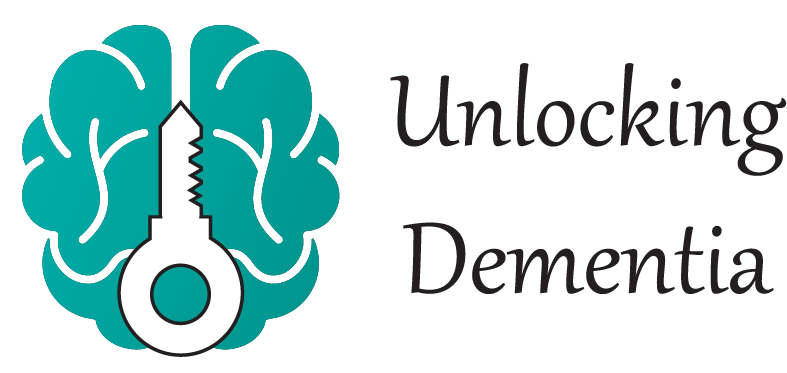Cognitive decline has been reported in history for millennia.
In the past, it was considered normal for cognitive decline as one aged. As early as 2500 B.C., Egyptian vizier Ptahhotep described the elderly as cognitive abilities vanished as “The heart, void, recalls not the past.… every night becomes more and more childish.” Egyptians studied the behaviors of the elderly to identify symptoms of cognitive decline.
In 360 B.C., Plato described a sickness that leads to “all manners of rashness and cowardice, and of forgetfulness also, as well as of stupidity. Although cowardice is not usually associated with Dementia, the other symptoms described can easily be exhibited by those living with dementia today. Stupidity, as a derogative term today, means someone who is slow in understanding or foolish. However, if cognitive abilities are diminished, a person living with dementia may seem to be slow to understand or act in a foolish manner.
The Roman satirist Juvenal wrote in the first century A.D. of old age as the “failing mind, which forgets the names of slaves and cannot recognize the face of the old friend who has dined with him last night, nor those of the children who he brought up.”
Over the centuries, as cultures increased their knowledge of the body and how it worked, more people studied diseases and observed symptoms in the elderly. Franciscan friar Roger Bacon speculated in 13th Century A.D., that the condition of the vascular system may be linked to the decline in cognitive abilities in the elderly.
The first known time the term “senile dementia” was used is in a book entitled “A Treatise on Insanity by British physician James Cowles Prichard in 1835. Throughout that century, fashionable terms for cognitive impairment included “old-timer’s disease” and “domestic illness” because of becoming housebound due to non-socially accepted behaviors.
In 1901, Dr. Alois Alzheimer was treating Mrs. Auguste Deter, 51, for memory loss and behavioral problems in Frankfort’s Institution for the Mentally Ill. After her death, five years later and per her request, Mrs. Deter’s brain was analyzed. The doctors found extreme atrophy in the brain, especially in cortex where language and higher order functions are carried out. In addition, they found protein plaques and neutron tangles in the remainder of the brain not previously observed. By 1910, Alzheimer was linked to this disease that caused atrophy, and the development of abnormal protein plaques and neutron tangles found in the brain post-mortem.
The invention of the electron microscope in 1931 allowed scientists to examine the brain by 400 times. Improvements increased the magnification power to 2 million times making the electron microscope invaluable in the research of the brain and the effects of dementia. It also allowed scientists to examine such details that could help identify various types of dementia. Combining the study of behavior and symptoms of those living with dementia, post-mortem analysis correlated symptoms, and the state of the brain at death, helped to diagnose those still living with dementia. By 1976, the knowledge learned by living patients and examination of the brain after death provided scientists the tools to identify the various types of dementia and provide earlier intervention.
Starting in 1984 with the discovery of proteins known as beta amyloids as the primary components of dementia plaques and in 1986 the identification of tangles, scientists began battling this disease in earnest. In 1987, researchers pinpointed a defect on human chromosome 21 as the link to genetic Alzheimer’s and in 1993, a gene variant on chromosome 19 was linked to an increased risk of later-onset dementia. Based on the knowledge gained by research, in 1993, the first Alzheimer’s medication, tacrine, is approved for use in humans.
In 1994, the public received the devasting news that Former President Regan had been diagnosed with Alzheimer’s. His handwritten letter addressed to the American public closed with “I now begin the journey that will lead me into the sunset of my life.”
Ten years later, in 2004, the development of a radioactive dye injected into the living brain allowed doctors to see the plaques in the brain using a position-emission tomography (PET) scans. The scan is invaluable in diagnosing more accurately and providing treatment to the person living with dementia.
Even with all the advancement made in identifying this disease, by 2010, Alzheimer’s becomes the sixth leading cause of death to Americans. In 2018, approximately 1 in 10 Americans over the age of 65 were currently living with some form of dementia and those figures continue to rise as our aging population is living longer. It is estimated that more than 5.8 million US citizens suffer from dementia and it is projected to reach 13.8 million by 2050. Currently, five different FDA-approved drugs are available for the treatment of dementia, however, none are an effective cure.
